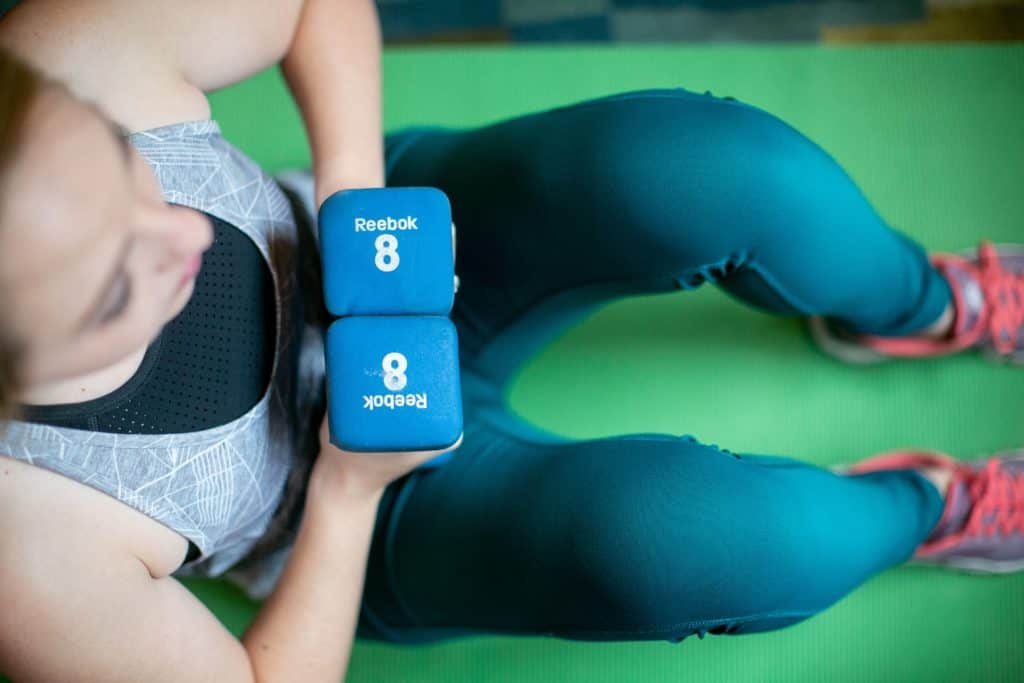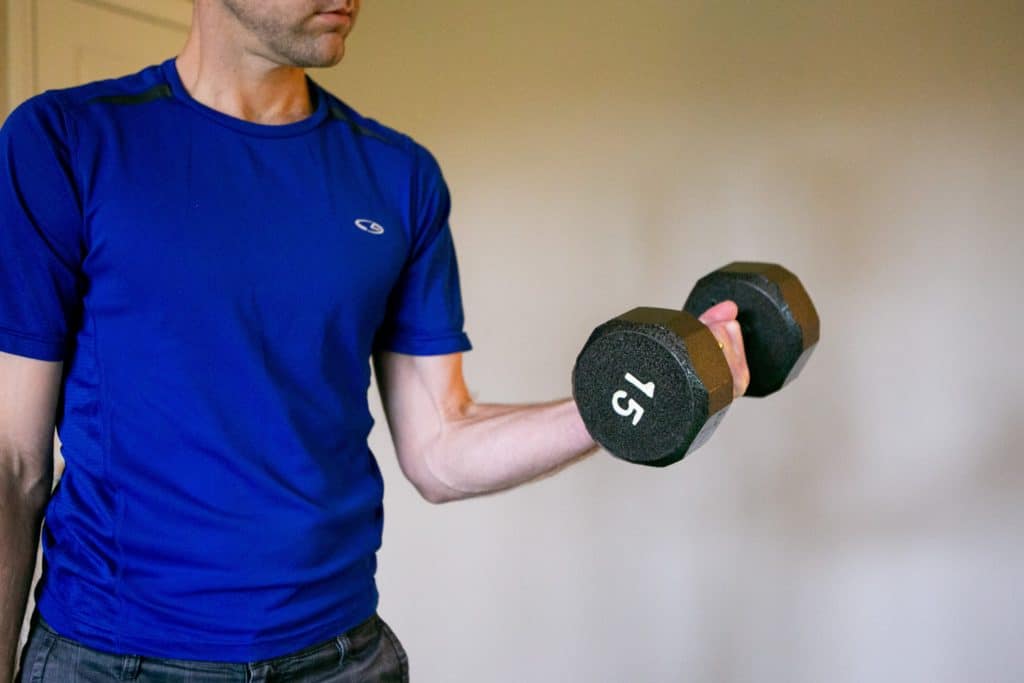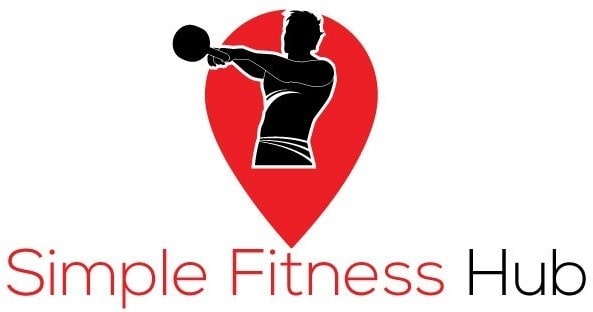Over the years, dumbbells have become the favorite go-to equipment for almost every fitness enthusiast across the world. This is for a good reason. They are not only affordable but also portable and can be used to strengthen different parts of the body.
However, like any other weight, you need to have a particular limit on the number of sets you perform every day. Performing too many or too little sets can interfere with your fitness goals.
How Many Dumbbell Sets Should I Do?
According to the American College of Sports Medicine, you should do at least 1 set to fatigue of each exercise. However, you’ll find many people that perform about 2-3 sets of each exercise. The number of dumbbell sets you should do would depend on your fitness goals:
- If you’re working towards fat loss, do 1 to 3 dumbbell sets of 10 to 12 reps using enough weight that you can only complete the desired reps.
- If you’re working towards muscle gain, do 3 or more dumbbell sets of 6 to 8 reps to fatigue.
- If you’re building endurance, do 1 to 3 dumbbell sets of 12 to 16 reps with enough weight that you can complete the number of reps.

How Many Sets Should I Do Per Workout?
According to fitness researcher James Krieger, you should do around 10 sets per muscle group in a single workout. That seems to be the threshold in which performing a greater number of sets starts to give you diminishing returns, or what many people call “junk volume”. However, the number of sets will also depend on different variables like how long you’ve been training and the type of exercises that you’re working on.
For example, if you’re working targeting the quads muscle groups, exercises such as squats are more taxing for you than leg extensions. That will affect the number of sets you should do in a workout.
That being said, you should probably split up the number of sets per muscle group throughout your week. Try to split your beginner dumbbell sets up in at least 2 separate workouts per week per muscle group instead of doing all your sets in one single workout. That way you’ll avoid junk volume.
First, calculate your ideal number of target sets per muscle groups per week and then split that number in a way that’s most effective throughout your week.

How Many Chest Sets Should I Do a Week?
Based on the research above, you should do at least two sets per week for a large muscle group like your chest. Depending on your fitness goals, you can split up those sets in several ways throughout your week. For example, you can do dumbbell bench press for four sets of six reps or do two sets of 12 reps of dumbbell flyes.
How Many Sets Should I Do For Biceps?
If you’re interested in targeting your biceps and build muscle mass in that area, you can do 2 to 6 sets per exercise for no more than 6 reps. Make sure you give your biceps, or any muscle groups really, enough rest time to recover between sets and between workouts during your week. That way your muscles can perform at their best.
Depending on your goals and workouts, you can rest between 2 to 5 minutes between each set and then increase the dumbbell weight if only you can do more than six reps.
How Many Sets Do Bodybuilders Do?
For starters, you should consider that bodybuilders pursue very different fitness goals than those of the average joe. According to the ACE, many bodybuilders perform several sets with a moderate number of weight loading and reps.

When it comes to the number of sets, they usually perform up to six sets per exercise to achieve a greater volume for the muscle groups they target. That being said, remember many bodybuilders also target similar muscles with multiple exercises per workout.
For example, a bodybuilder would do two different biceps or arm exercises in a row to increase the training volume for that particular muscle group. Is that constant effort, with the right loading and rest, which causes muscle fiber damage, recovery, and subsequent growth.
Conclusion
Overall, fat loss or strength training, especially with dumbbells is an excellent way to get into better shape, tone your muscles, and improve your health. However, this can only be possible if you know how many sets you should do. By factoring the above considerations, you can quickly establish a dumbbell workout plan that not only work for you but your body as well.
